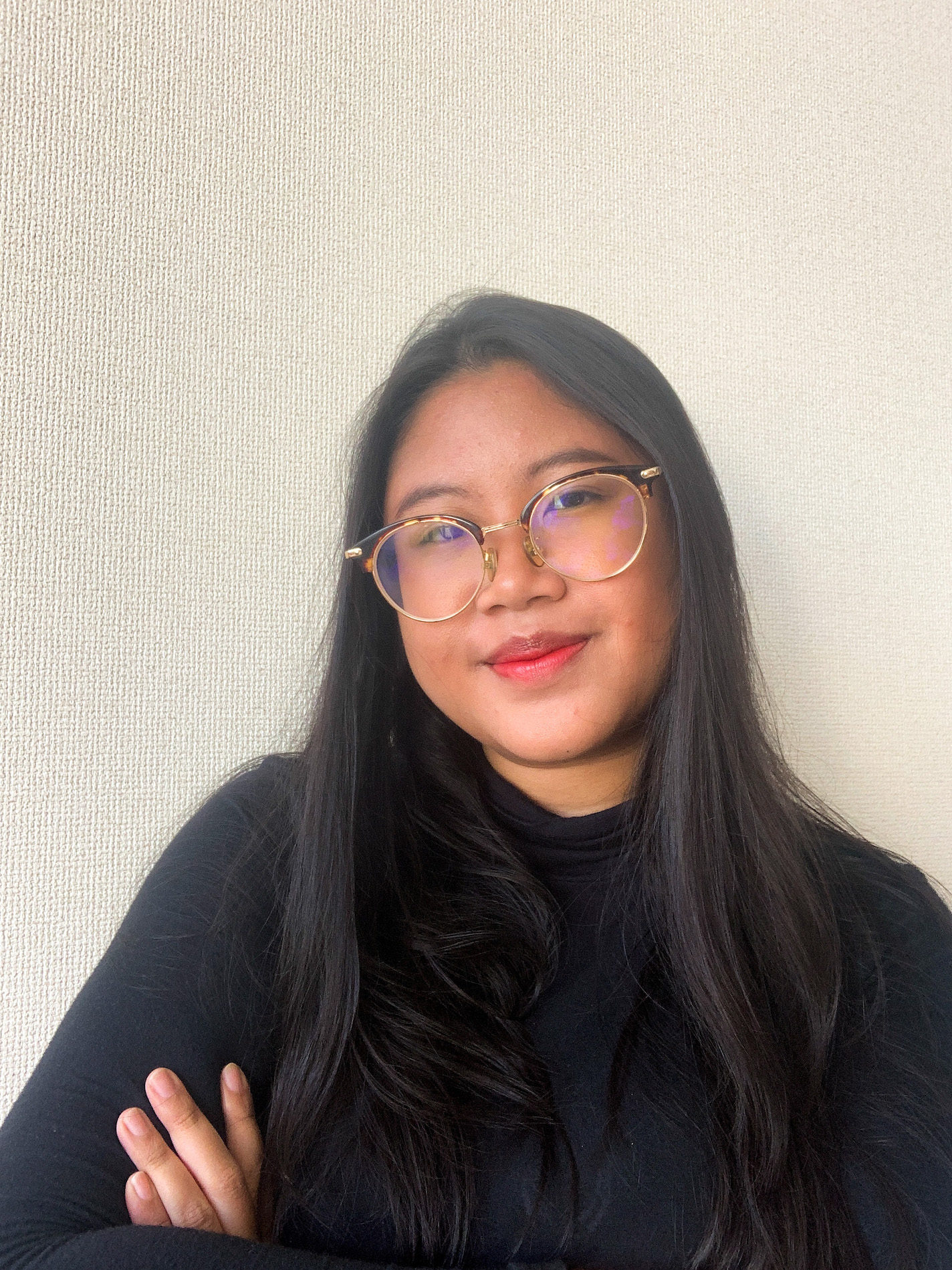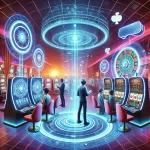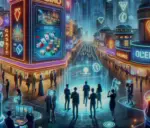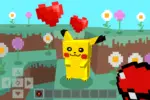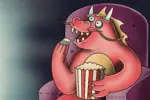Earlier in February, a South Korean documentary titled “I Met You” released an episode of a mother-daughter reunion. The reunion took place in the world of virtual reality. In this pseudo-reality, a mother was able to meet her daughter who had passed away three years prior. In a reality where the length of life is limited, a virtual world has emerged that makes immortality a possibility.
The documentary aired on MBC, where Jang Ji-sung met her deceased daughter, Na-yeon, who passed away in the fall of 2016 due to a rare disease called haemochromatosis. She died when she was just seven years old and left behind her parents, brother and sister.
The program took eight months to develop the virtual reality simulation. VR technology was used to “remake” Na-yeon’s face, body and voice. Then, a child actor did the movements that were used for virtual Na-yeon. Although the real setting took place in a room full of green screens, the background of the manufactured reality was set in a park that Jang and her daughter used to go to.
The YouTube clip began immediately with Jang searching for Na-yeon in the park. Na-yeon ran around and called out, “Mom! Mom, where were you?” Jang Ji-sung cried instantly as she saw her daughter in front of her. Na-yeon said, “I missed you a lot mom” and Jang replied, “Mommy missed you too.” Jang kept on trying to caress her daughter’s hair, wanting to embrace Na-yeon in her arms.
The virtual reality reunion was heartbreaking to watch. Jay Neugeboren wrote in his book “An Orphan’s Tale” that there is no term to describe the terrible pain a parent who has lost a child feels.
Jang and Na-yeon moved to a garden where they held Na-yeon’s seventh birthday party. On the table was a birthday cake, seaweed soup and a few rice cakes that Na-yeon had always wanted to eat. Jang sang “Happy Birthday,” and Na-yeon made her wishes before she blew out the candle. She said, “Please make my dad stop smoking, I hope my older brother and sister don’t fight and for So-jung not to get sick.” She paused to think before she ended her wish with, “Please don’t make my mom cry.”
Jang concluded the meeting by promising that she will not cry over Na-yeon anymore. After they said their goodbyes, virtual Na-yeon transformed into a butterfly and flew away.
The broken-hearted mother said that the encounter was a lesson for her to stop missing her child, like some sort of closure. According to Aju Business Daily, Jang appeared on the show to comfort anyone who has lost a child or someone in their lives. Presumably, this is the same reason why MBC’s production team chose to do the virtual reality project.
However, behind the teary meeting between loving mother and daughter, there are concerns that using virtual reality in this way will lead to psychological disturbances.
How do we feel about this? On the one hand, virtual reality has allowed the possibility to reunite with those who have died and provide closure when we’re ready to say goodbye. On the other hand, VR has also enabled the chances of “immortality,” which might interrupt the lives of the living.
Although it may seem touching to see, some people voice concern with the development of how the technology is being used. People expressed their worries about the mother’s grieving process — concerned that she will not be able to let go of her deceased daughter.
What MBC and Jang are doing is not particularly new. Digital immortality has been discussed before. Robo-C is one example of a robot clone, though it has not yet resembled a fully functioning human. Another startup that claims to offer digital immortality is Eternime, with allegedly over 46,000 members on their website.
The concerns over recreating the dead come from not knowing what the actual impact would be after virtually reuniting with a deceased person. Futurism brought up resemblance to a “Black Mirror” episode, “Be Right Back.” In this episode of the Netflix series, a woman whose boyfriend had died in a car accident was able to create a robot clone of him. However, she later realized that the presence of the droid only made her mental health worse. She was deceiving herself by believing that her boyfriend was still alive when he really wasn’t.
This is the future that people seemingly would like to avoid with the virtual reality simulation, engineered by the team of “I Met You.” We cannot deny that virtual reality can help the living find closure and express their last farewells.
Nevertheless, we also have to acknowledge the chances that the living might hold on to the fact that the deceased can live in the artificial reality they constructed.
Will we be too consumed with the idea of forever living as a machine? What can we do to ensure that virtual reality and other technological advancements are not misused?
Today, we have seen virtual reality bring a departed daughter back to life. Witnessing the encounter makes us contemplate the influence that this engineered pseudo-reality might have on humans’ psychological development. Whether it is good or bad, ethical or not, the answer can only be found through practice. Technology is versatile and can be used for both good and evil.
The era of technological revolution still has a lot of uncharted territories. Human beings can make predictions of what will happen in the future, but we’ll never know for sure. In the case of Jang and her late daughter, it was a tearful and heartwarming reunion to witness and experience. And yet, we can’t ignore the prospect of a dangerous future in which people become infatuated with ghosts.




